According to the World Health Organization, dengue fever threatens the health and lives of about half of the world's population, with an estimated 100-400 million cases occurring each year.
In Vietnam, since the beginning of the year, there have been 22,974 cases recorded, including 5 deaths. The Ministry of Health warns that the disease is at risk of becoming an epidemic.
Vietnam is in the group of countries with high infection rates.
Dengue fever is an infectious disease transmitted by the Aedes mosquito. Dengue fever is spreading rapidly, with new cases appearing in more and more countries and regions.
Mr. Vo Hai Son - Deputy Director of the Department of Disease Prevention (Ministry of Health) said that Dengue fever is on the rise and has unpredictable developments, requiring the cooperation of the whole society to proactively prevent, minimize complications and move towards the goal of no more deaths by 2030 of the World Health Organization.
In Vietnam, since the beginning of the year, the country has recorded 5 deaths in Binh Duong, Binh Thuan, Ho Chi Minh City, Khanh Hoa and Ninh Thuan. According to the Ministry of Health, the peak season of dengue fever has begun, and the disease is at risk of breaking out and becoming more complicated if people do not proactively and actively implement preventive measures.
Associate Professor Pham Quang Thai - Deputy Head of the Department of Infectious Disease Control (National Institute of Hygiene and Epidemiology) said that looking at the global picture, by mid-2025, although the epidemic season has not yet reached its peak, the world has recorded up to 3 million cases of dengue fever, including about 1,000 deaths.
In the Asia-Pacific region, Vietnam is among the countries with the highest prevalence rates. On the epidemiological map, Vietnam is a dark red area, representing a high prevalence rate and a significant contribution to the total number of cases in the region.
According to Associate Professor Pham Quang Thai, Vietnam has currently recorded more than 22,000 cases of dengue fever and 5 deaths. Compared to the same period in 2024, the number of dengue fever cases in the first 5 months of 2025 decreased by 2.4%, but the number of deaths increased by 1 case. In recent years, dengue fever in Vietnam has been complicated, always belonging to the group of countries with high cases, the epidemic spread widely, across 3 regions. In which, the South has been the epicenter of the country for many years, in 2024 the number of dengue fever cases in the South accounted for 41% of the country.
In Ho Chi Minh City, in the first 5 months of 2025, the number of cases increased by 134% compared to the same period, the number of severe cases accounted for 1.5%, the epidemic tends to spread even in the dry season due to climate change, drought and water storage. In the Central Highlands and the Central region, dengue fever also increased significantly compared to before. This year, Khanh Hoa alone recorded over 1,600 cases in 74 outbreaks.
Taking blood for testing from a patient. (Photo: Mai Trang/VNA)
In Hanoi, last week (from June 6 to 13), the whole city recorded 11 cases of dengue fever, an increase of 5 cases compared to last week.
Since the beginning of the year, Hanoi has recorded 282 cases of dengue fever, a significant decrease compared to the same period in 2024 (the figure for the same period in 2024 was 783 cases of dengue fever). However, the Hanoi Center for Disease Control believes that in the coming time, the number of dengue fever cases may increase due to the beginning of the months when the disease increases every year.
Close monitoring for signs of bleeding is required.
Associate Professor Pham Quang Thai analyzed that since 2017, dengue fever epidemics in Vietnam have tended to not follow a stable cycle. Every year there is a high risk, regardless of whether there was an outbreak in the previous year. Then, although there were signs of a slight decrease in 2018, the number of cases increased sharply from the second half of 2019 and remained at a high level in 2020, 2022 and 2023.
In 2024 alone, there will be more than 140,000 cases, only a slight decrease compared to the peak year. This shows that dengue fever is occurring all year round, with complex developments, no longer following the old rules. Therefore, it is necessary to synchronously deploy solutions such as active surveillance, early warning, mosquito control and vaccination promotion.
Forecasting the epidemic situation in 2025, Associate Professor Thai said that this depends a lot on people's awareness, local authorities' actions and on-site forecasting and monitoring capacity. Compared to previous years, the current number of cases is not high, but we cannot be subjective. The rainy season has just begun, if there are no drastic prevention measures, the number of cases will increase very quickly. Although the current mortality rate is low, the increasing number of hospitalized patients will push the health system into overload. With a large number of hospitalizations, severe and critical cases can account for up to 20%. At that time, all treatment efforts will be under great pressure.
Currently, the health sector and local authorities have continuously increased propaganda and mobilized people to prevent dengue fever, but in reality, subjectivity and negligence still occur in many places.
Associate Professor Do Duy Cuong - Director of the Institute of Tropical Medicine (Bach Mai Hospital) shared that many people are still subjective, thinking that dengue fever is only dangerous when there is a high fever or bleeding, thereby delaying examination and treatment at the hospital. There are cases with no obvious symptoms, coming to the hospital late when they are in shock, multiple organ failure - a stage that can lead to death. Meanwhile, if detected and treated early, the disease can be completely cured.
Doctor Cuong said that last year there was a case of a 19-year-old male student in Hanoi who died of dengue fever because he was subjective, had a high fever for many days but did not go to the hospital but treated himself at home. That case was regrettable because dengue fever can be cured if detected and treated early.
The Deputy Director of the Department of Disease Prevention affirmed that in the prevention of dengue fever, no force can solve it alone but needs to be deployed synchronously with close coordination between management agencies and the people. In particular, the community is the front line in early detection and handling of outbreaks on the spot, especially in high-risk areas.
Experts recommend people to prevent disease by increasing mosquito and larvae eradication and sleeping under mosquito nets to avoid mosquito bites.
According to Dr. Cuong, people with dengue fever when they enter the stage of thrombocytopenia in dengue fever, the patient needs to be closely monitored for signs of bleeding such as nosebleeds, bleeding gums, bleeding under the skin, or dangerous signs such as severe abdominal pain, continuous vomiting, lethargy, little urination. They should drink plenty of water, eat easily digestible liquid foods, rest completely and avoid strenuous exercise. Do not arbitrarily use fever-reducing drugs containing Aspirin, Ibuprofen or other drugs or functional foods that are not prescribed by a doctor.
In particular, people with dengue fever should monitor their blood counts regularly if possible. If they experience symptoms of heavy bleeding, restlessness, lethargy, little urination or unconsciousness, they should be taken to the hospital promptly./.
(Vietnam+)
Source: https://www.vietnamplus.vn/dau-mua-dich-sot-xuat-huet-so-ca-chua-cao-nhung-khong-the-chu-quan-post1044676.vnp


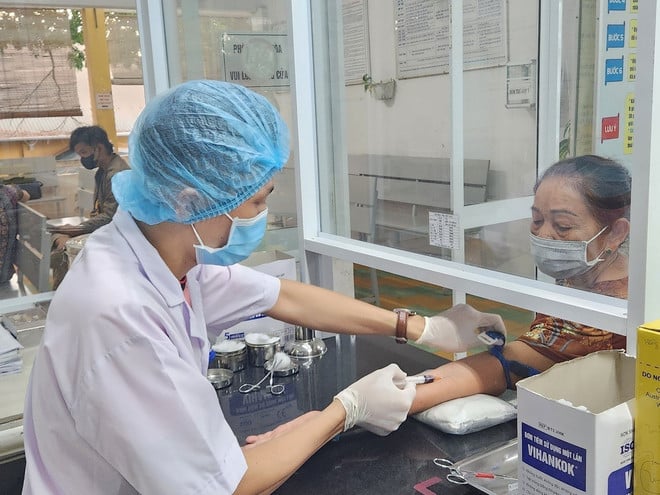

![[Photo] Prime Minister Pham Minh Chinh meets with representatives of outstanding teachers](https://vphoto.vietnam.vn/thumb/1200x675/vietnam/resource/IMAGE/2025/11/15/1763215934276_dsc-0578-jpg.webp)


![[Photo] General Secretary To Lam receives Vice President of Luxshare-ICT Group (China)](https://vphoto.vietnam.vn/thumb/1200x675/vietnam/resource/IMAGE/2025/11/15/1763211137119_a1-bnd-7809-8939-jpg.webp)





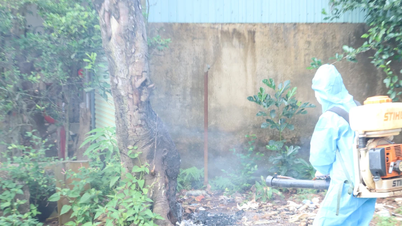
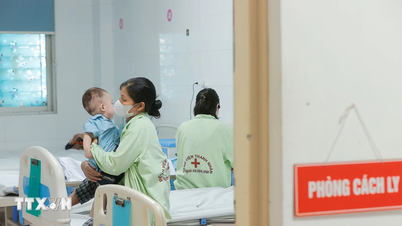

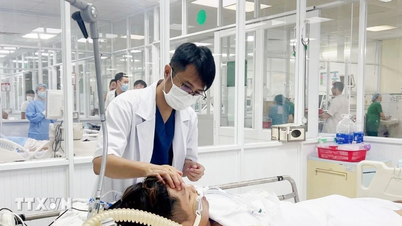








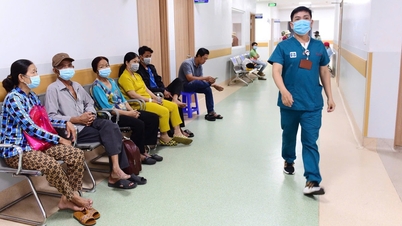





























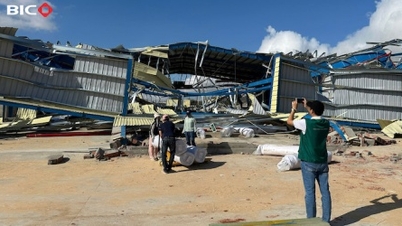

















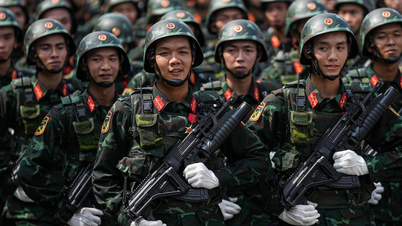



































Comment (0)